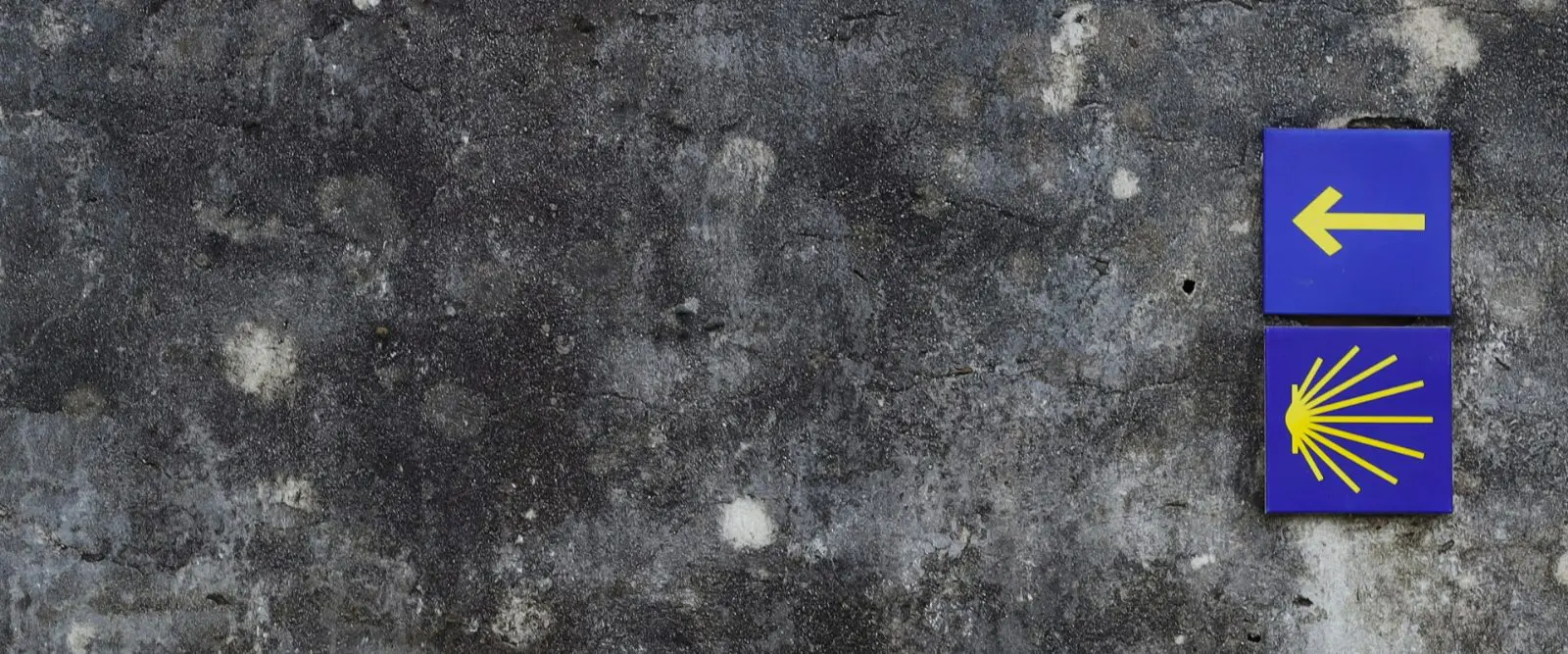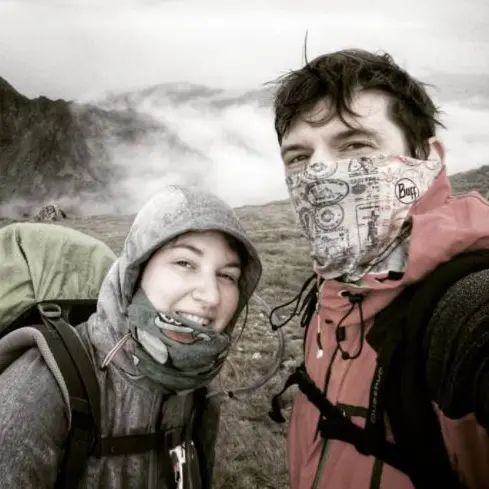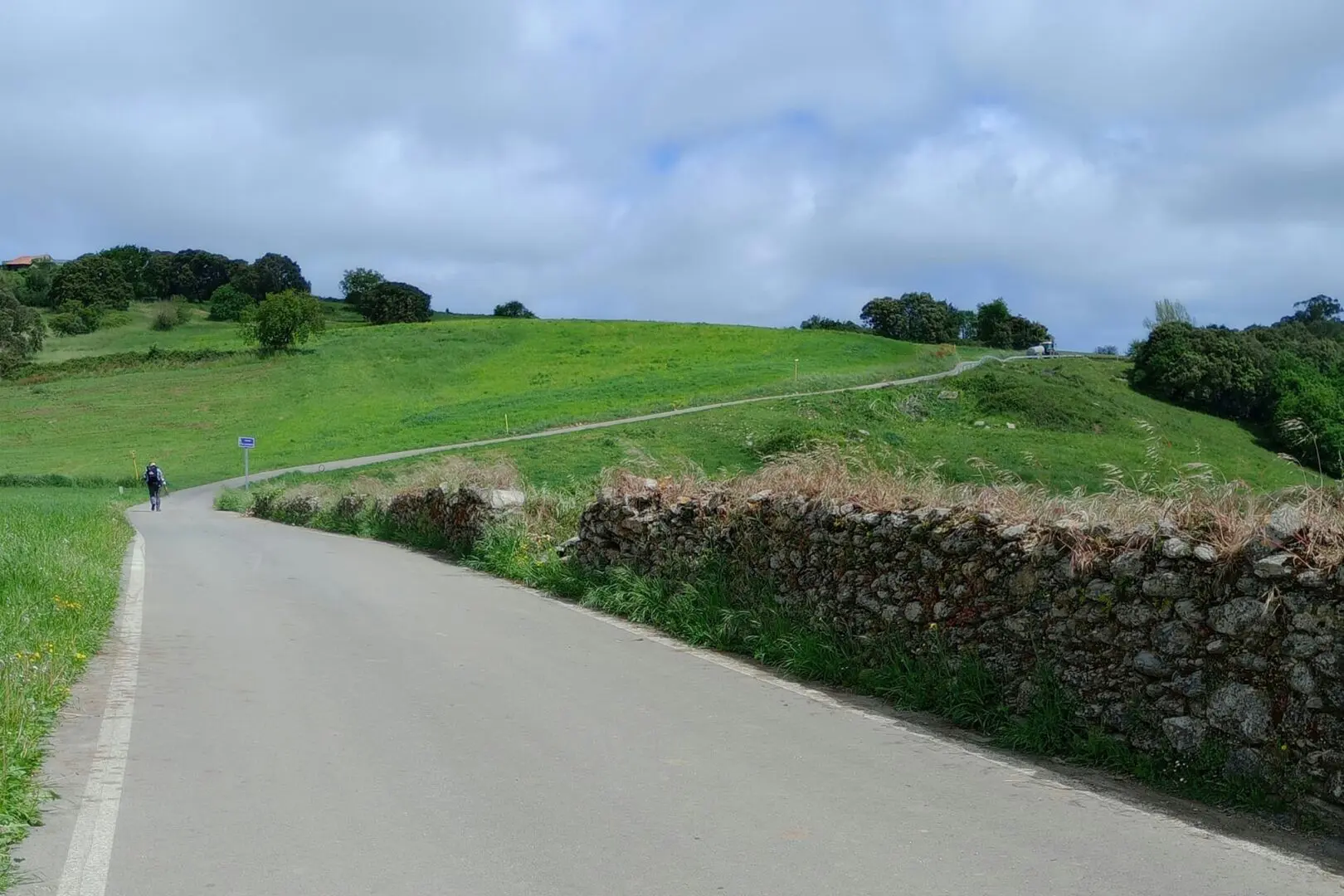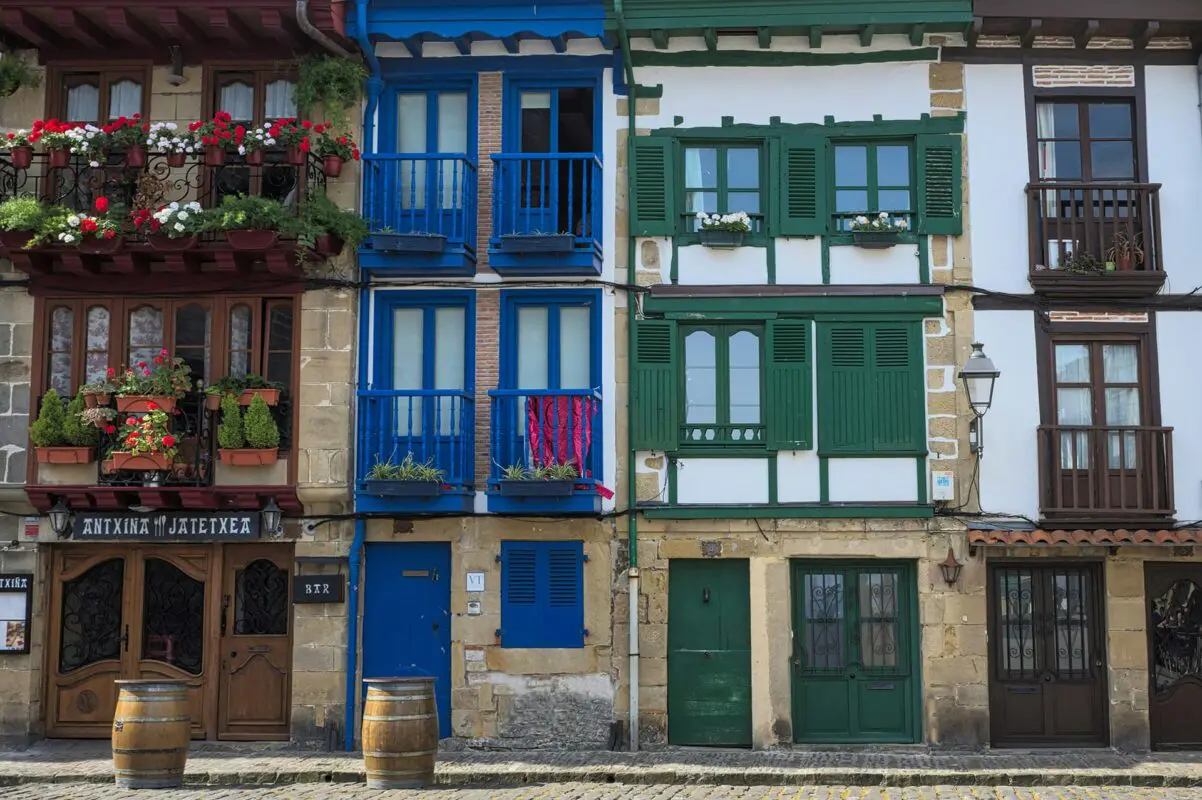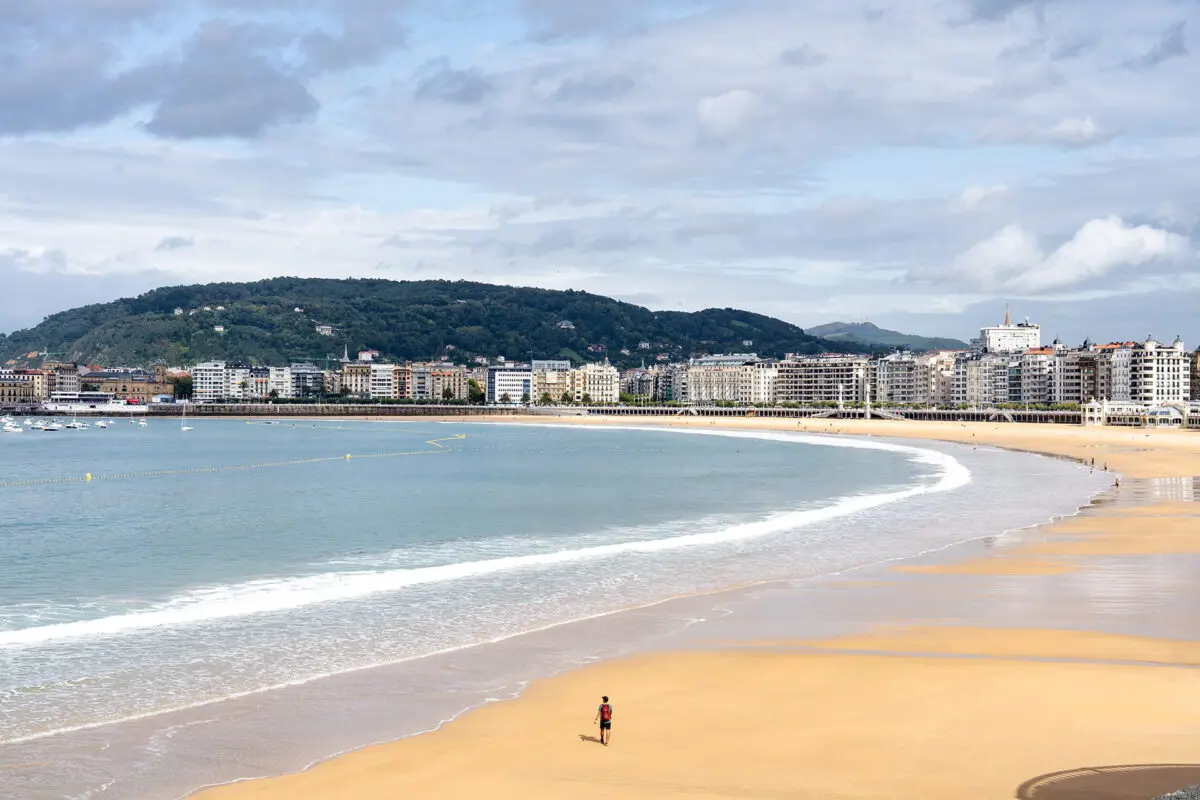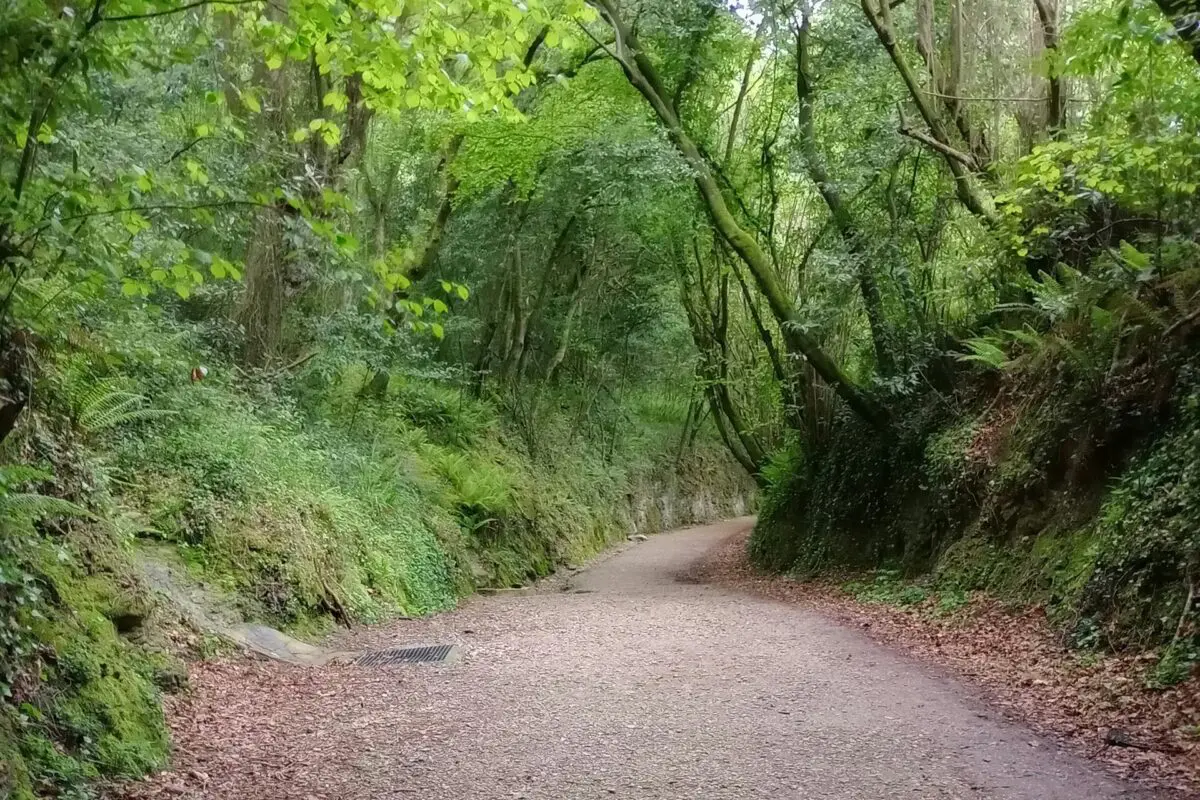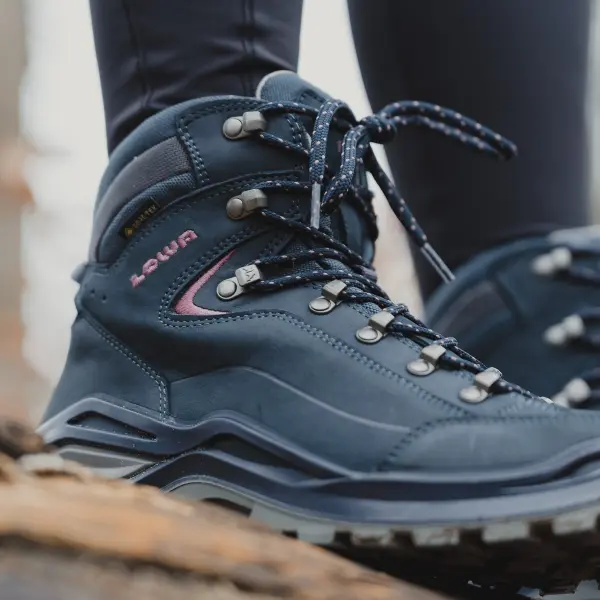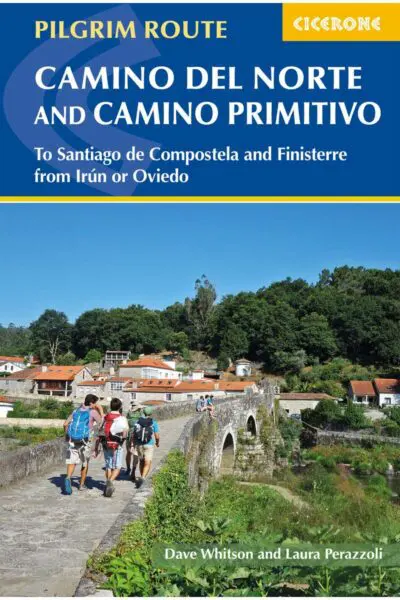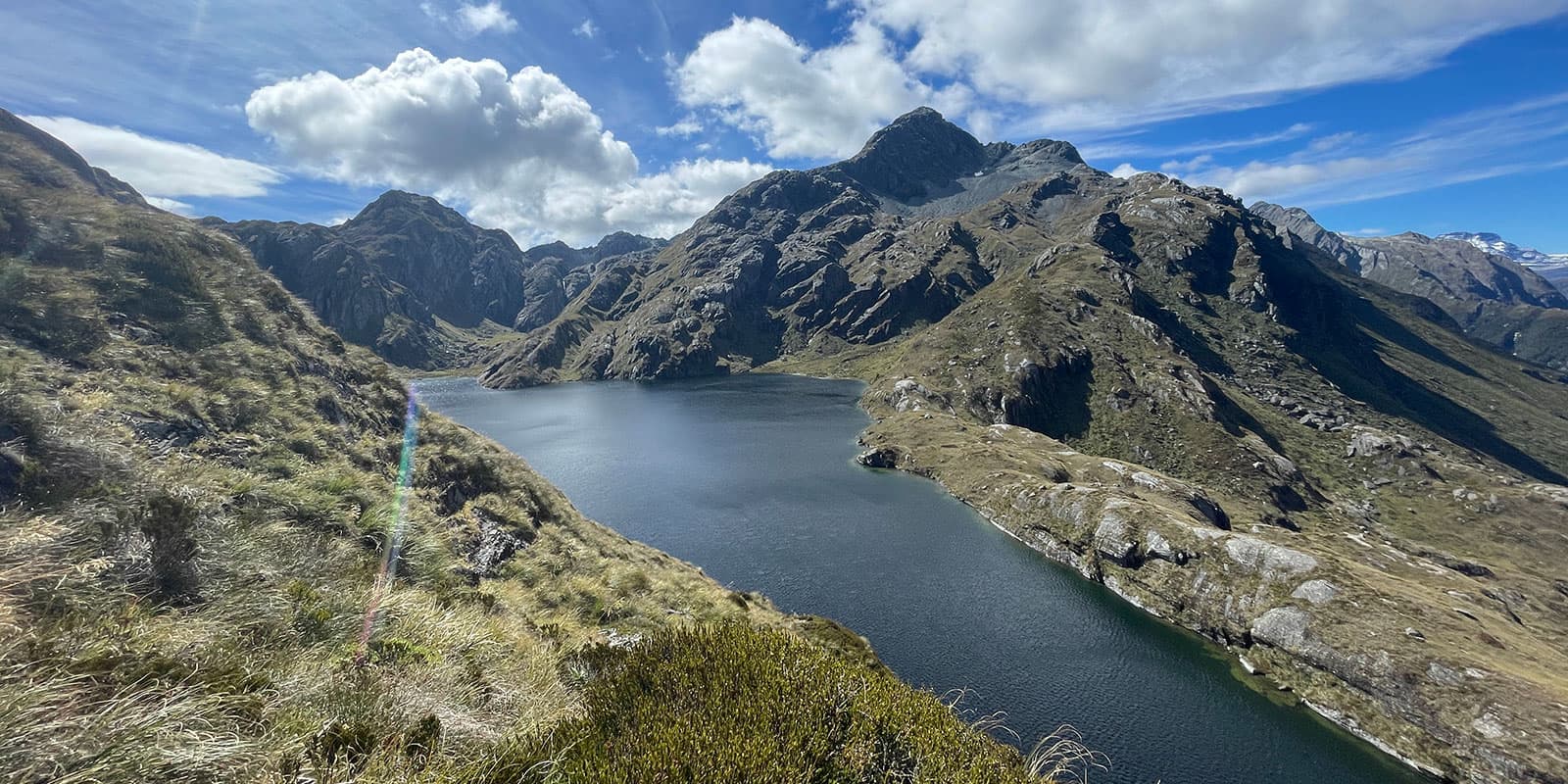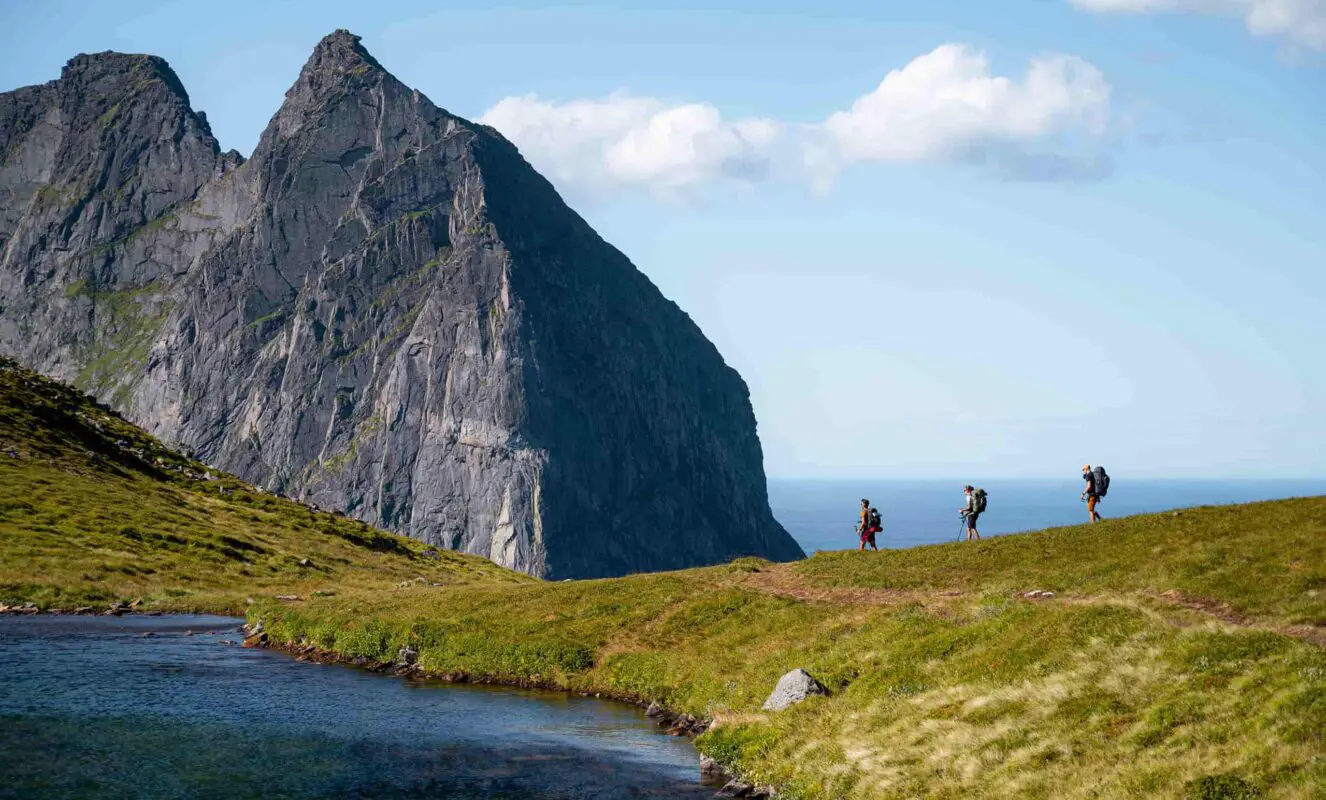The next leg links Cantabria with Asturias, as you now head to Villaviciosa. You’ll hike the beaches, rugged cliffs, and hills of Asturias, but not without a stunning view over the Picos de Europa if weather allows. Also in this leg, you’ll now face the Asturian hórreos (granaries) quite regularly. Note their shapes and colors as those will evolve along your hike.
In Villaviciosa raises THE question most hikers will face at this point: Should I continue on the Camino del Norte and head to Gijón, or switch to the Camino Primitivo and head to Oviedo?There is no right or wrong decision at this point, as both routes have advantages. The Camino del Norte is slightly longer but enables you to follow the coastline, whereas the Primitivo is quicker and has less asphalt but also is more physically demanding.
If you follow the Camino del Norte, you’ll reach Gijón within a couple of days. The trail then alternates between hidden beaches, a few seaside resorts, and fishermen villages such as Cudillero and Soto de Luiña. The trail then becomes a bit more hilly for a couple of days, not without stunning views of the seaside, until you reach Ribadeo.
Not long after Ribadeo, you’ll leave the sea behind and head inland to Santiago. Landscapes become a bit mistier as you walk over the highlands of Galicia, hórreos are now colorful and made of granite, and within about a week, you’ll reach Arzua.
In Arzua you’ll join the Camino Frances for the last 2 days! For these last 2 days, we advise you to book your accommodation in advance to ease your mind. Indeed, you walk with the hikers that evolved on the Camino Primitivo and the Camino Francès for 2 rather crowded days.
Finally, about 825km after your first step on the Camino, you’re in front of the cathedral in Santiago. Take a moment to enjoy the journey and visit the city – not without collecting your compostela (your pilgrim diploma).
If you’re not ready to stop yet, then lucky for you, you can continue and walk a less busy trail up to the sea. It will require up to 3 or 4 days to walk up to Fisterra, literally “the end of the world,” or to Muxía. These are a few days the authors do recommend, as after the crowded last 3 days up to Santiago, walking a less busy trail up to the sea is a charm.



